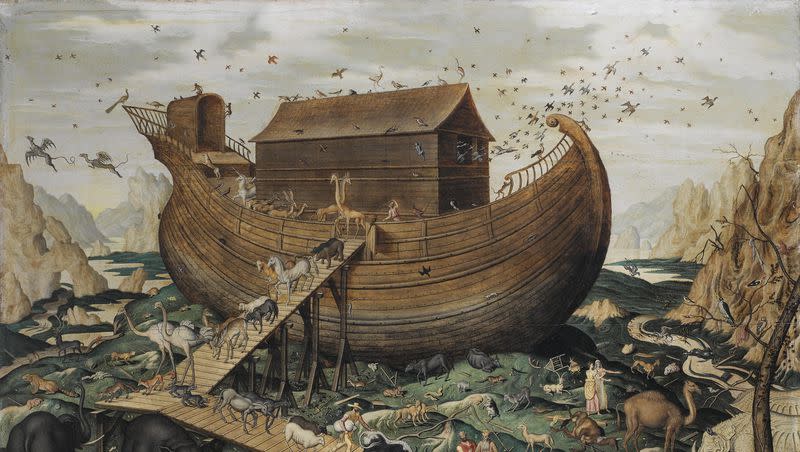Why a group of researchers believe they found human activity near a possible Noah’s Ark site

Near the Mount Ararat summit in modern-day Turkey, archaeologists have scoured the craggy terrain, looking for any sign of the biblical Noah’s Ark.
Researchers from three universities, Istanbul Technical University, Andrew University and Agri Ibrahim Cecen University, have formed a team called the “Mount Ararat and Noah’s Ark Research Team” to test the site they theorize may be the ruins of Noah’s Ark, according to the Turkish newspaper Hurriyet.
After collecting dirt and rock samples on site and testing them at Istanbul Technical University, researchers have determined there were humans around in the area anywhere from 5500 and 3000 B.C.E.
Dr. Faruk Kaya, AICU vice rector professor, told Hurriyet that the results aren’t enough to show evidence of Noah’s Ark and that researchers are a long way off from potentially demonstrating that. However, the results do show human activity in the area at the time when some believe Noah’s Ark would have been around, aka the Chalcolithic period.
The Religions of the Book, Judaism, Christianity and Islam, all share the story of Noah’s Ark. In Genesis, God instructs Noah and his family to build a boat to avoid the impending deluge that’ll flood the land. As the text tells it, pairs of animals board the boat, so after the flood, they can repopulate. The Quran contains this story as well.
The search for Noah’s Ark began in antiquity in the mountains of Ararat because the text of Genesis indicated that’s where the ark landed.
From Josephus to Sir Walter Raleigh to present day researchers, those interested in the ark have speculated about where it may have been.
The Durupınar site, located in the town of Doğubayazıt, Turkey, is where the team of archaeologists from ITU, AICU and Andrew University are working. The site has been subject of dispute. Many archaeologists do not believe physical evidence of the ark has been found at this point, per Live Science. Geologist Lorence Gene Collins published a paper stating that the area was a rock formation not evidence of the ark.
The researchers from ITU, AICU and Andrew University are among those who postulate the Durupınar site may be the location of the ark’s ruins. Dimensions is one of the primary features pointed toward by people who hold this belief. The ark’s dimensions in the Bible, three hundred cubits by fifty cubits by thirty cubits, correlate to the dimensions of the formation, per The New York Post.
Over time, landslides have damaged the formation, per The New York Post.

